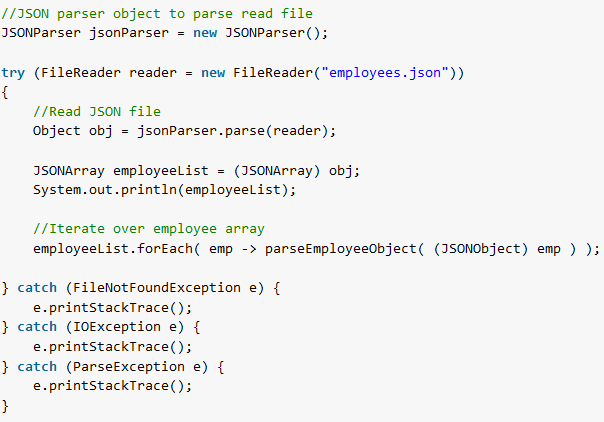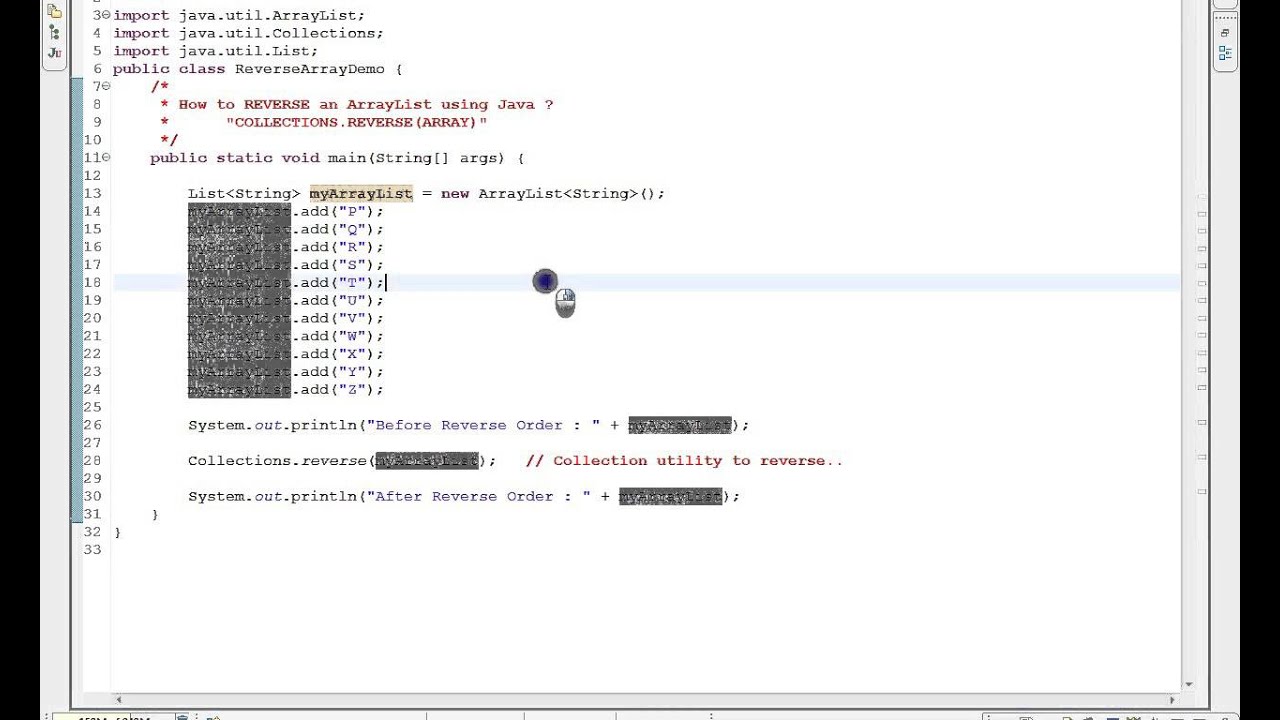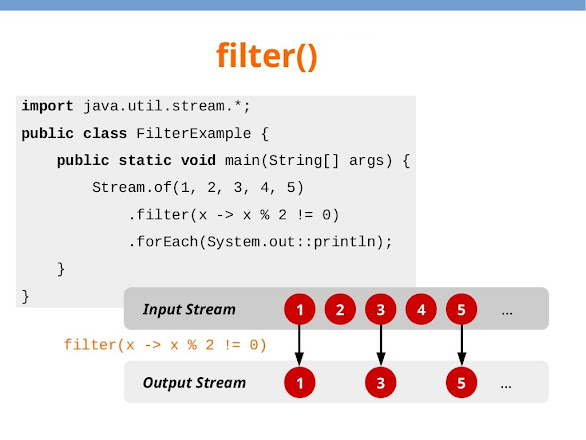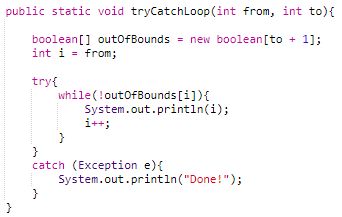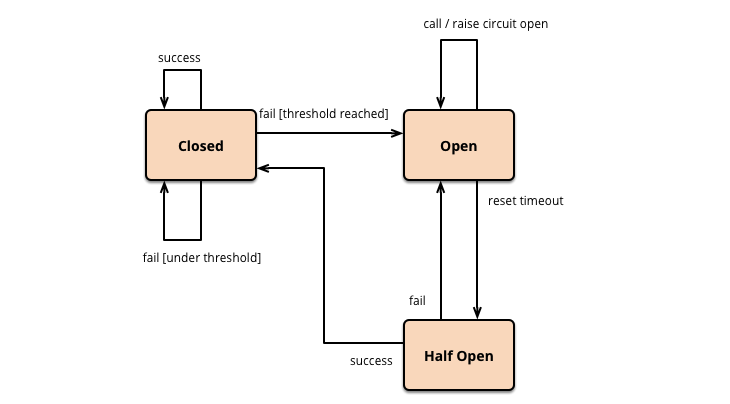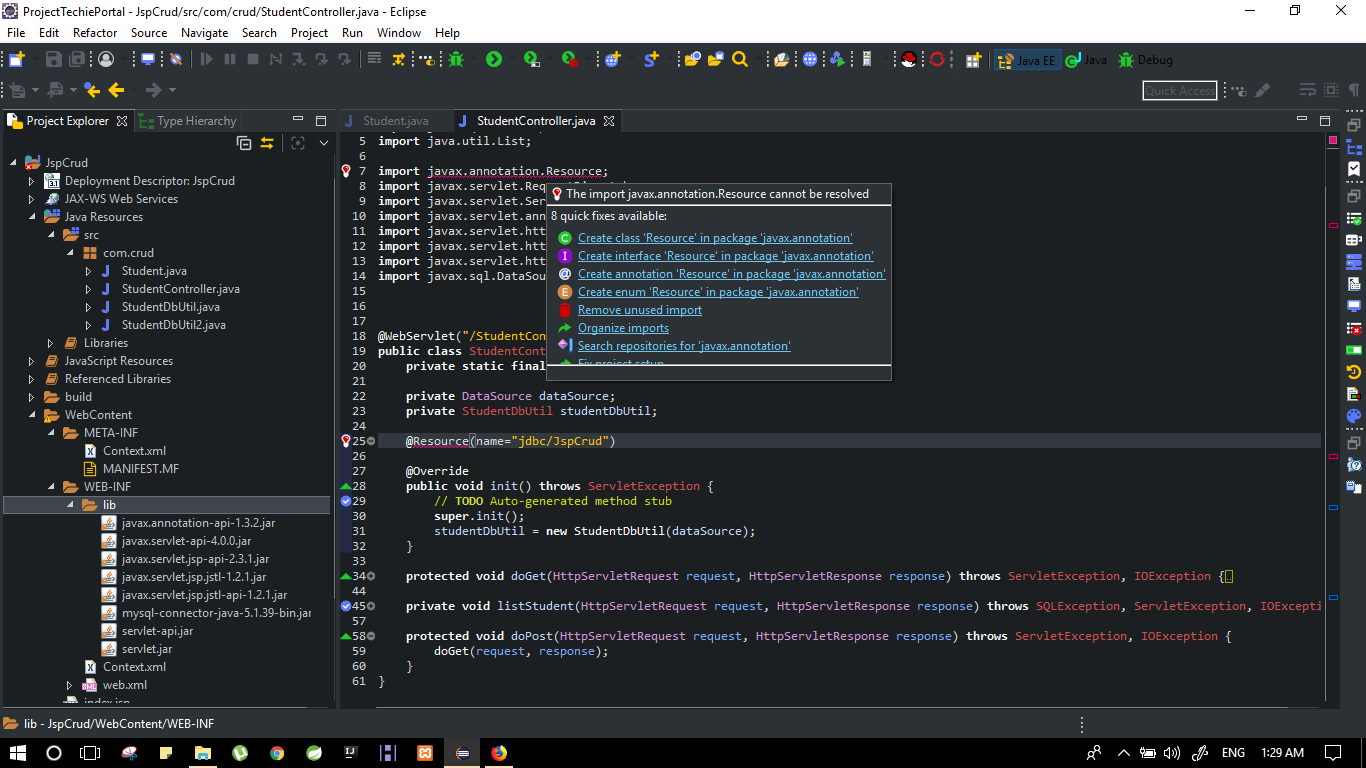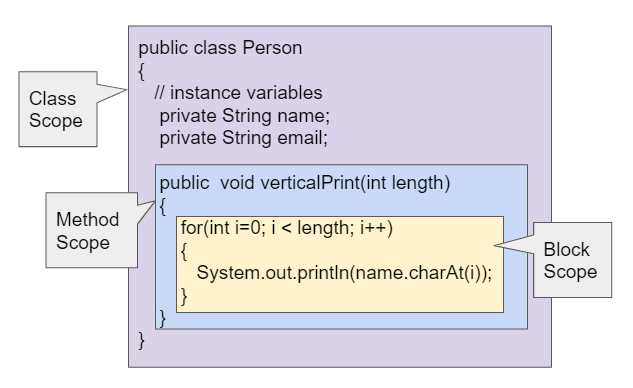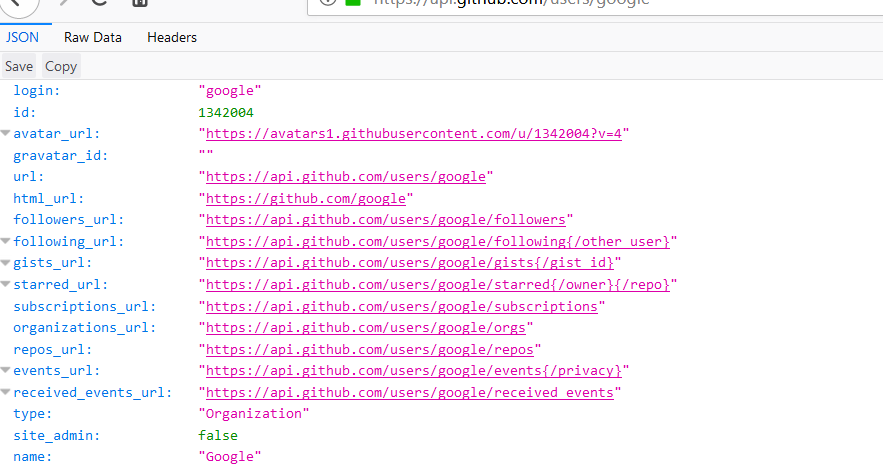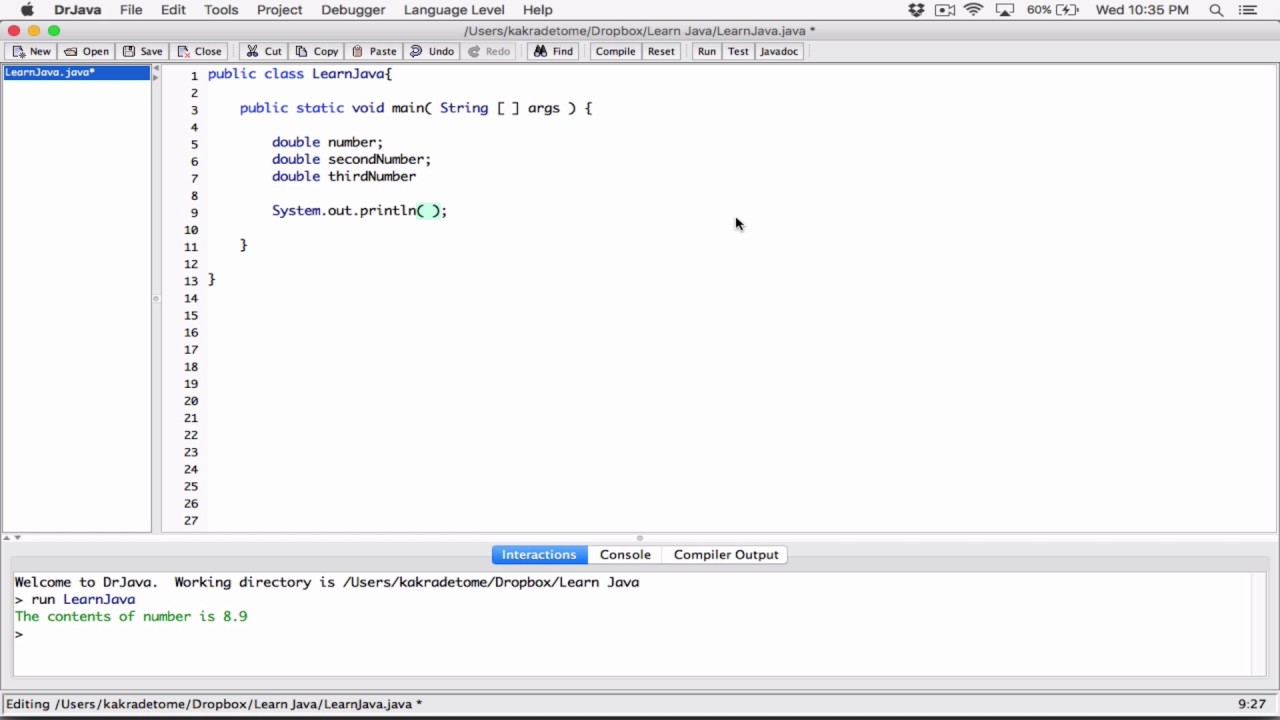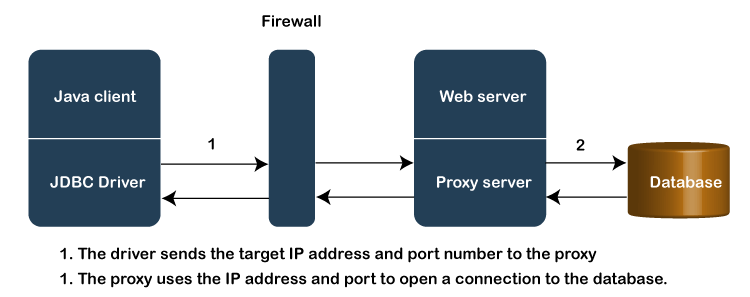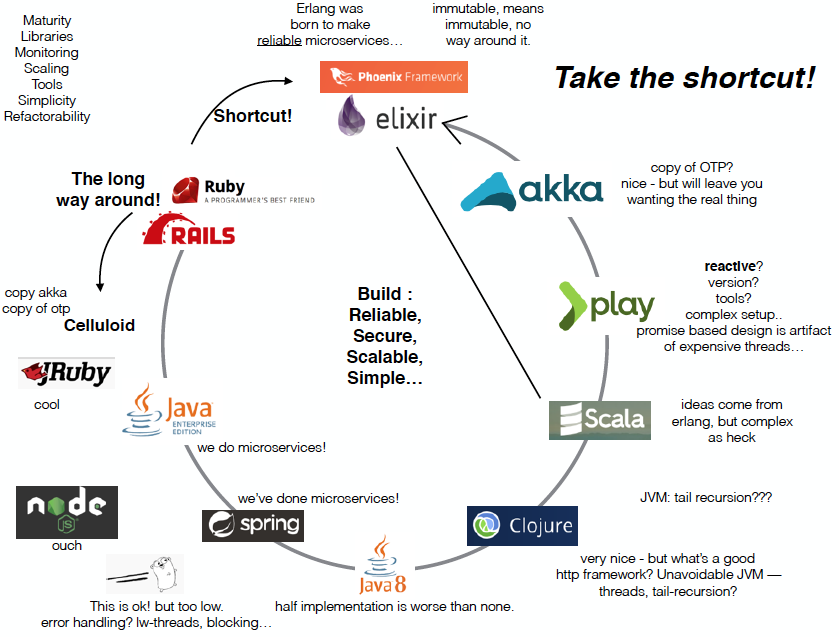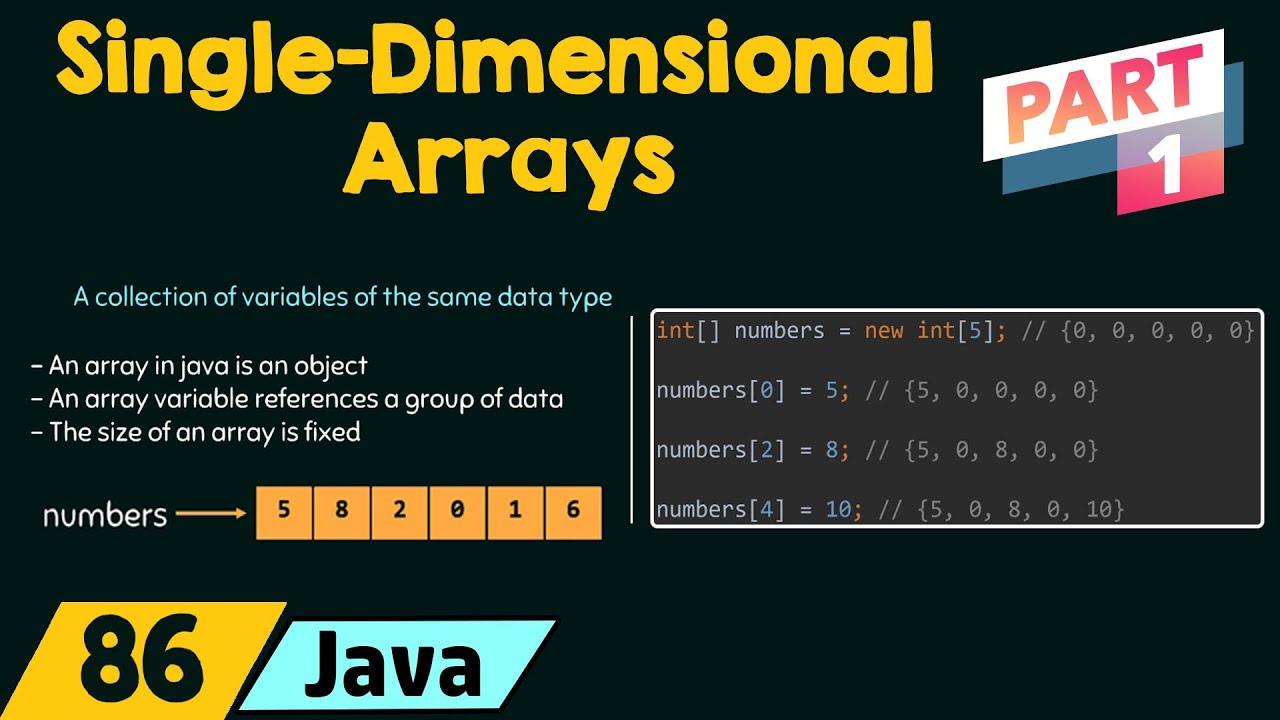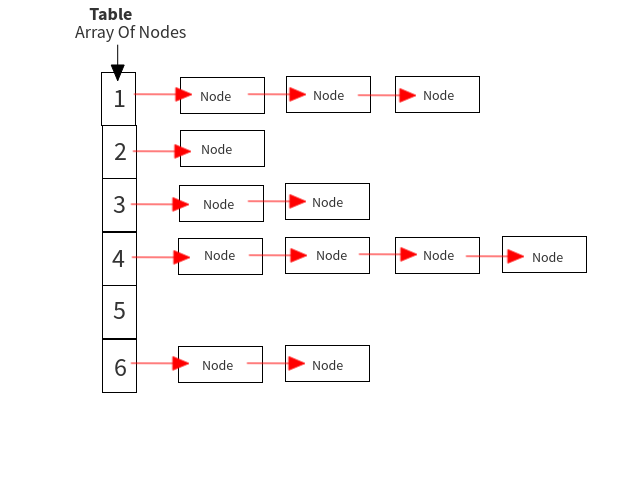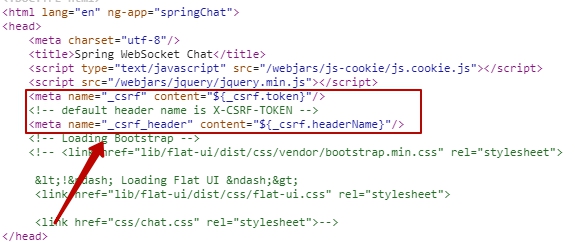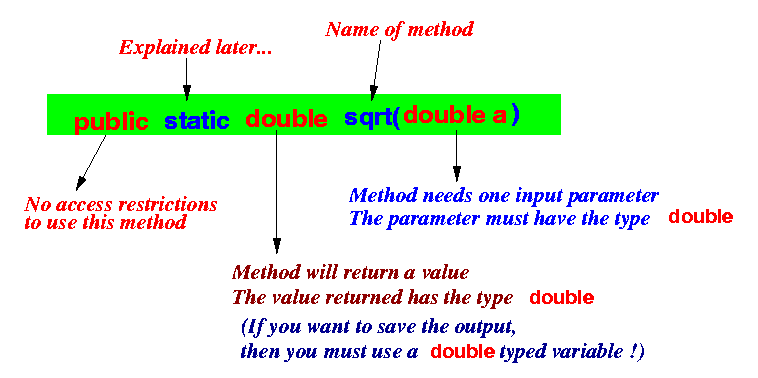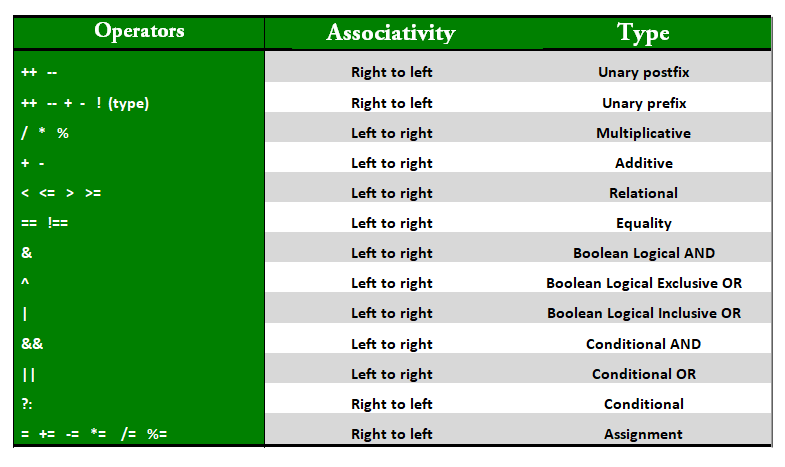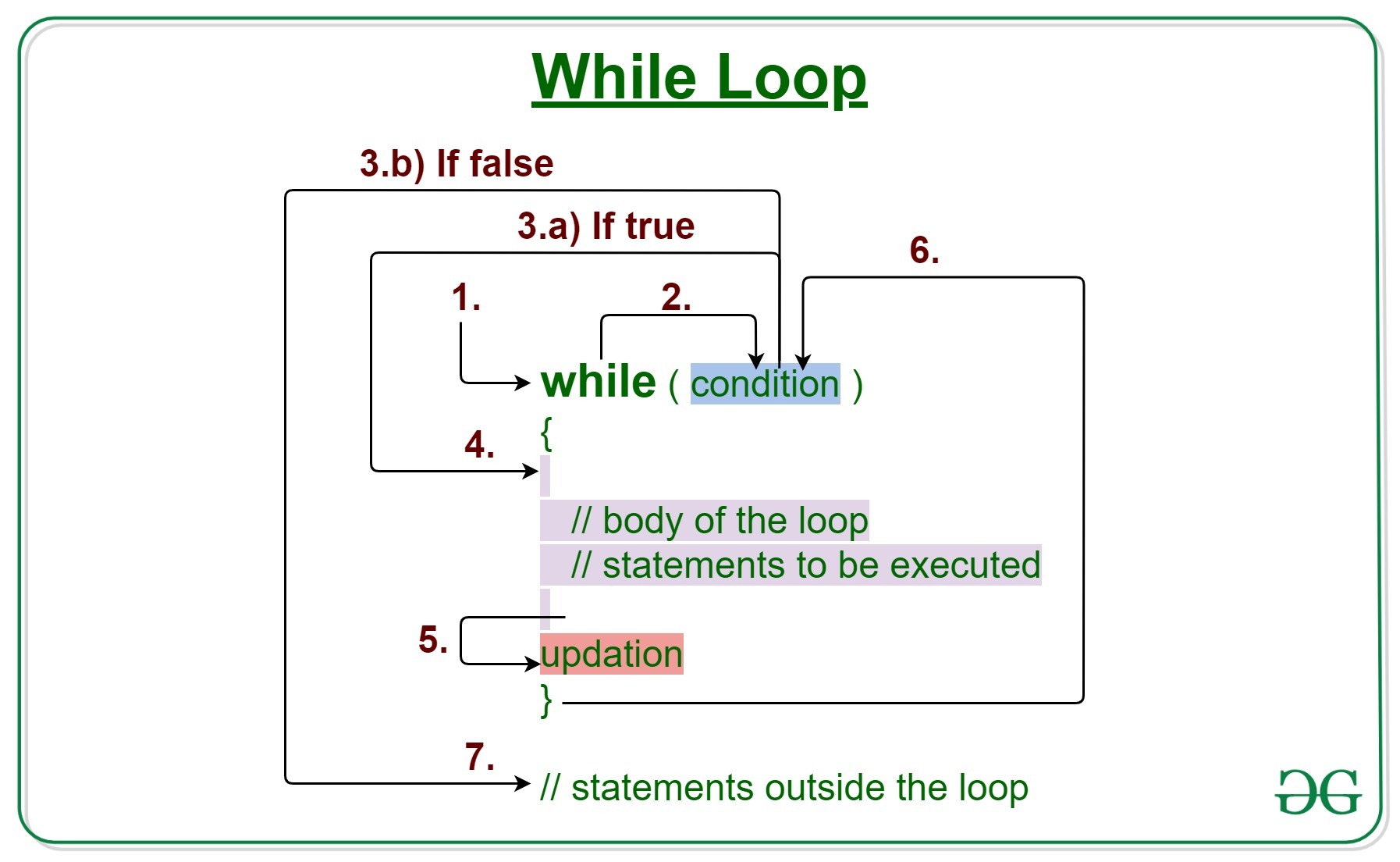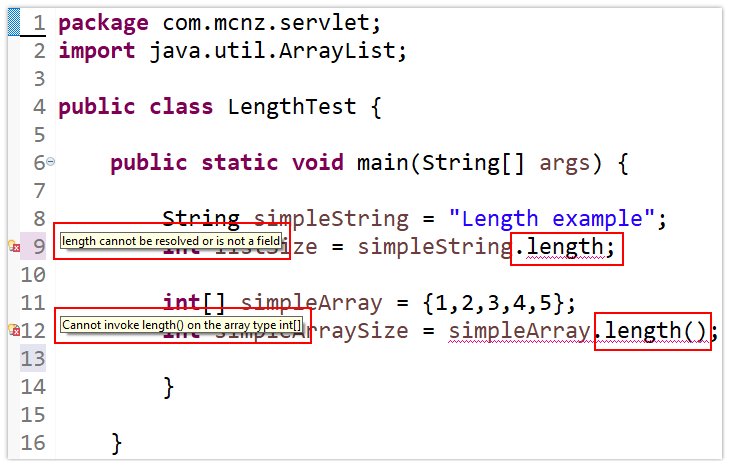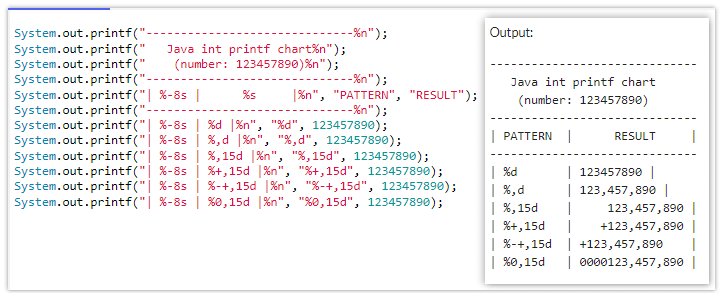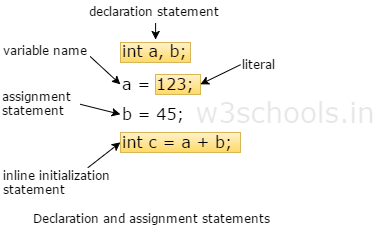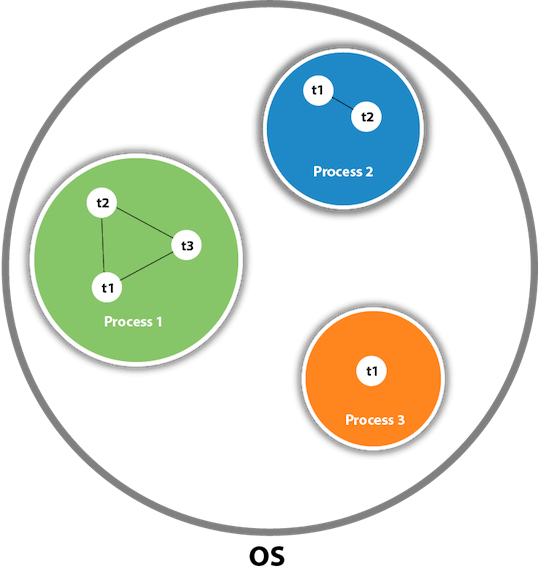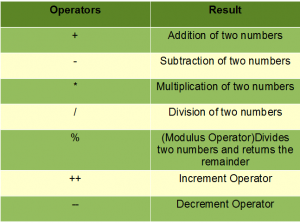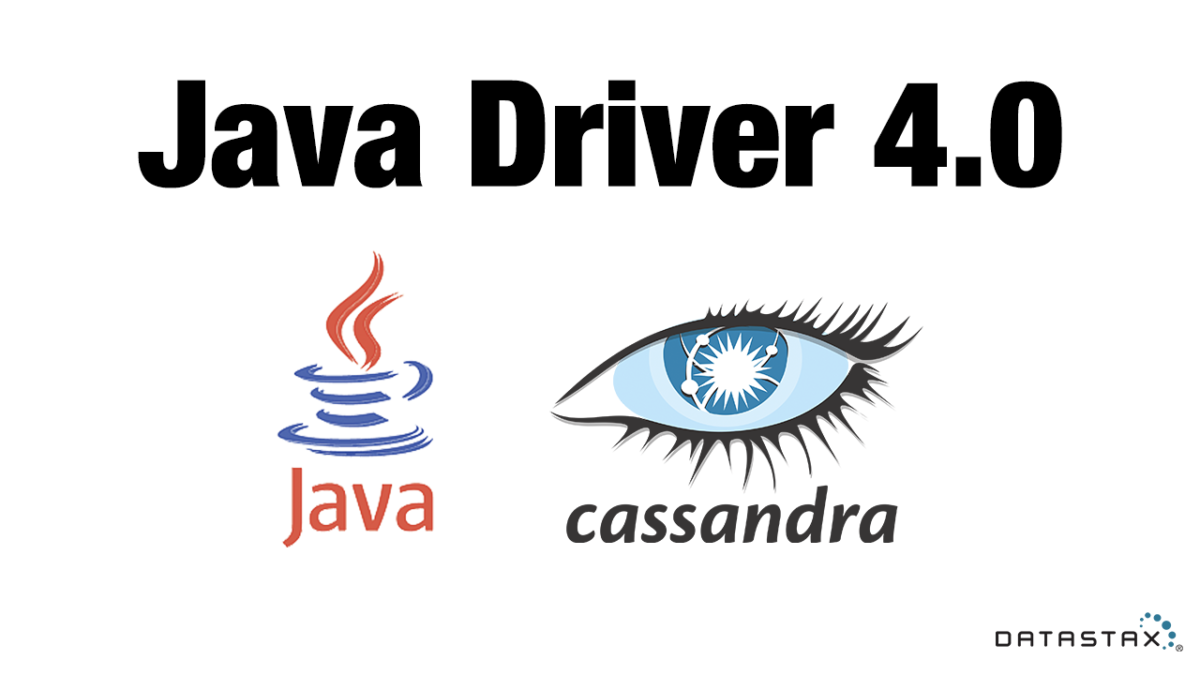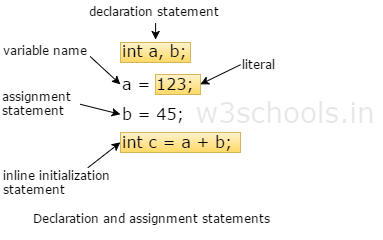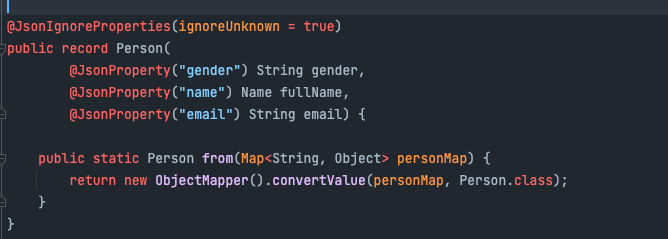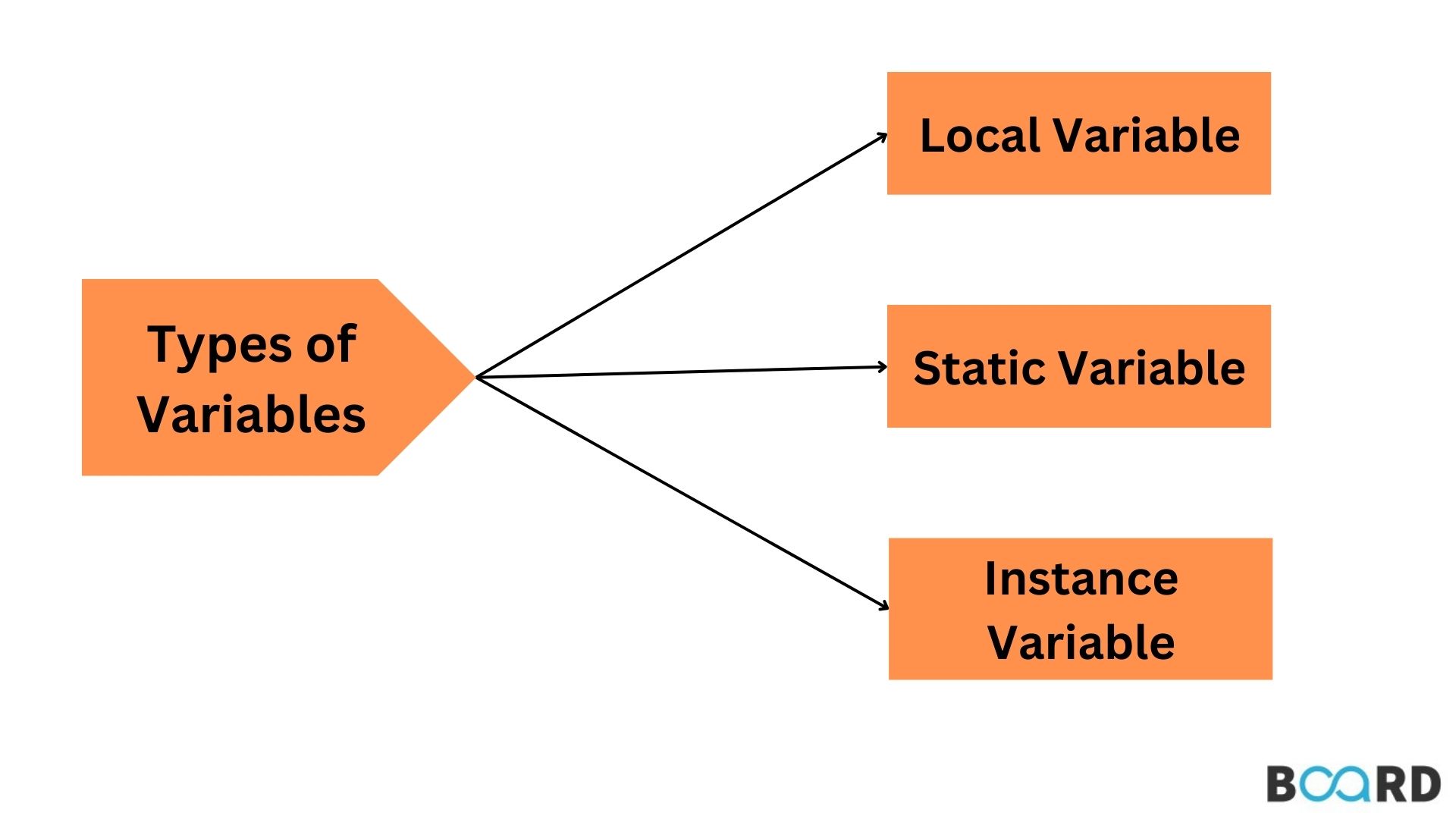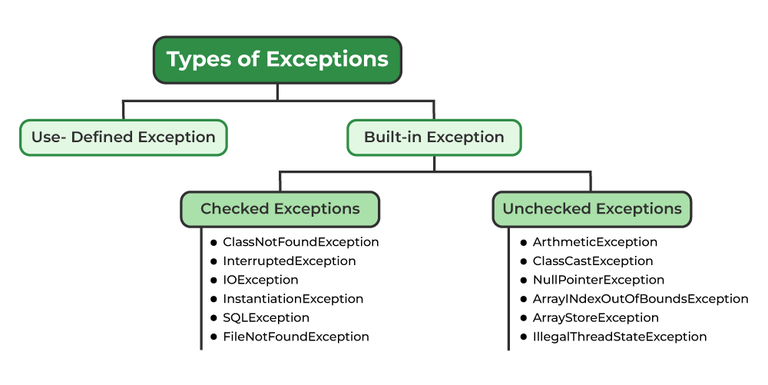java json jar
java json jar
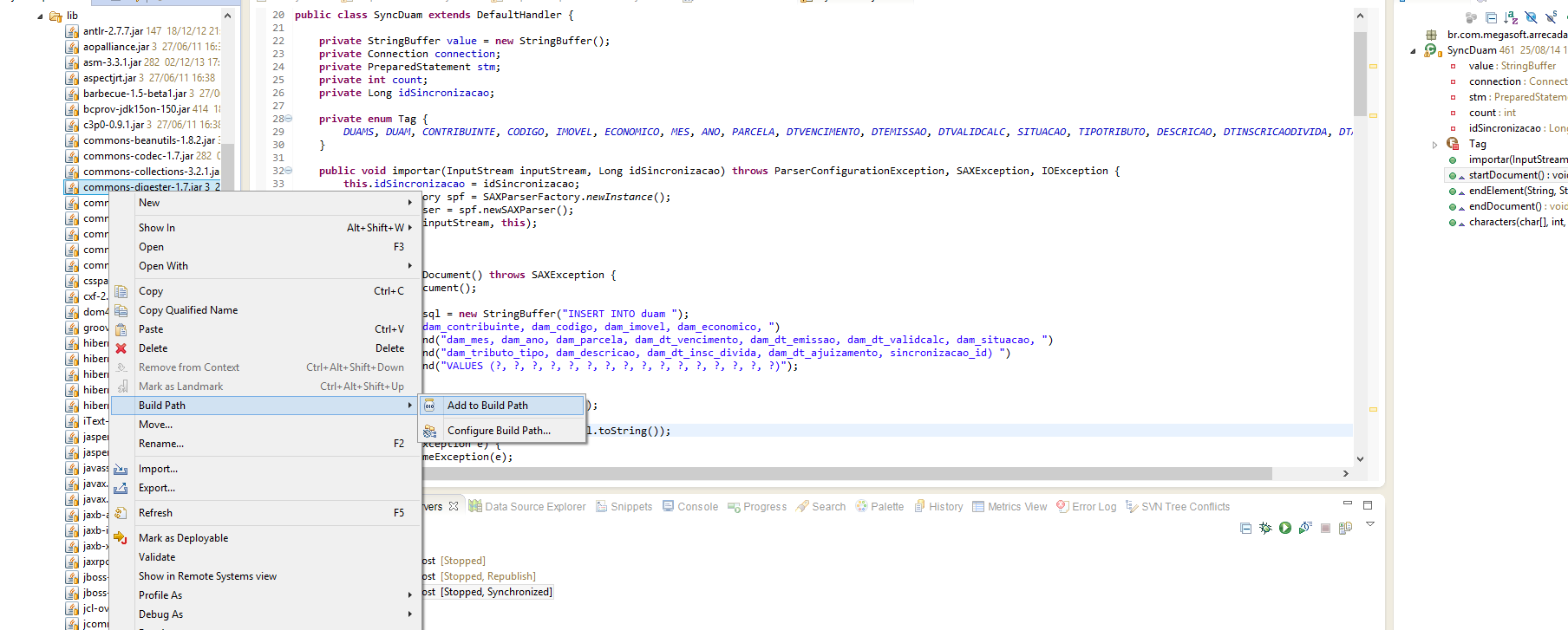
Here's a comprehensive explanation of Java, JSON, and JAR files:
Java
Java is a high-level, object-oriented programming language developed by Sun Microsystems (now owned by Oracle Corporation). It was designed to be platform-independent, allowing programs written in Java to run on any device that has a Java Virtual Machine (JVM) installed. The JVM interprets the Java bytecode and executes it, making the code compatible with different operating systems.
Java is known for its "write once, run anywhere" philosophy, which means you can write a single program that can be used on multiple platforms, such as Windows, macOS, Linux, and mobile devices. This is achieved through the use of bytecode, which is platform-independent and can be executed by the JVM.
Some popular features of Java include:
Object-Oriented Programming (OOP): Java supports OOP concepts like classes, objects, inheritance, polymorphism, and encapsulation. Platform Independence: Java's bytecode is platform-independent, making it possible to run Java programs on multiple operating systems without modification. Multithreading: Java provides built-in support for multithreading, which allows you to create multiple threads of execution within a program. Dynamic Loading of Classes: Java classes can be loaded dynamically at runtime, allowing for flexibility in programming.JSON (JavaScript Object Notation)
JSON is a lightweight, text-based data interchange format that is easy to read and write. It is primarily used to exchange data between web servers and client-side applications, such as web pages or mobile devices. JSON data is represented as a sequence of name-value pairs, similar to an object in JavaScript.
Some key features of JSON include:
Text-Based: JSON data is stored as plain text, making it easy to read and write. Easy to Parse: JSON data can be easily parsed by computers, allowing for efficient data transfer between systems. Platform-Independent: JSON data is platform-independent, allowing it to be used on different operating systems without modification.JAR (Java Archive) files
A JAR file is a package of Java classes and other resources that are compiled into a single archive file. It is a convenient way to distribute Java libraries or applications that require multiple Java classes.
JAR files have the following characteristics:
A Single File: A JAR file is a single archive file that contains multiple Java classes, resources, and other files.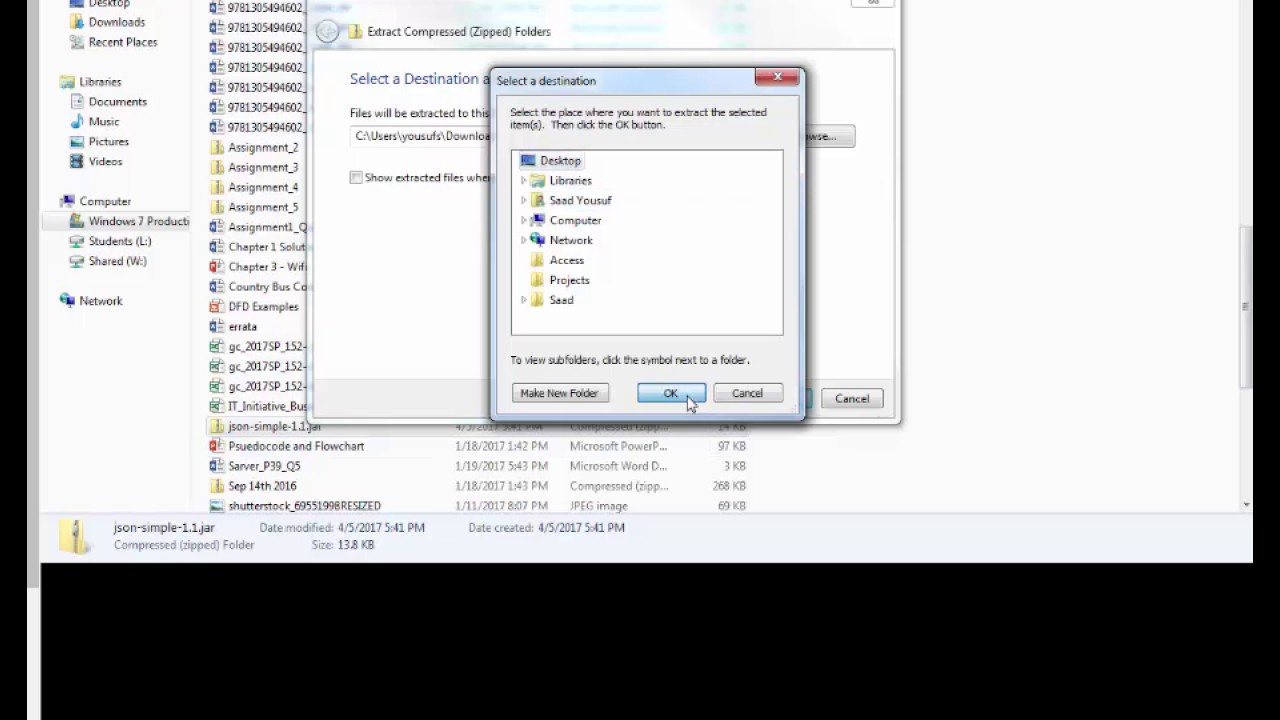
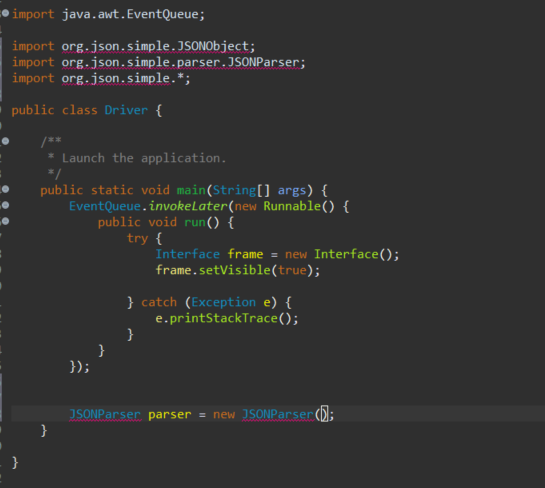
JAR files can be used in various scenarios:
Distributing Java Libraries: JAR files can be used to distribute Java libraries or frameworks to other developers. Deploying Java Applications: JAR files can be used to deploy complete Java applications, including the necessary classes and resources. Packaging Resources: JAR files can be used to package additional resources, such as images, audio files, and text files, along with Java code.In summary, Java is a programming language that is platform-independent and supports object-oriented programming. JSON is a lightweight data interchange format that is easy to read and write. JAR files are archives of Java classes and resources that can be used to distribute libraries, applications, or additional resources.
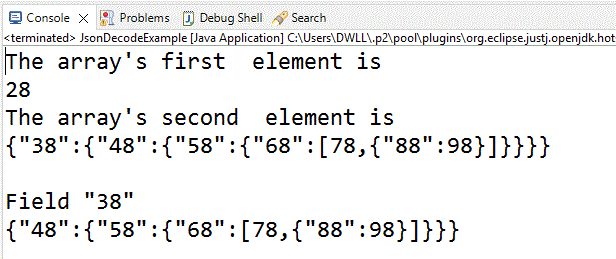
java json parser
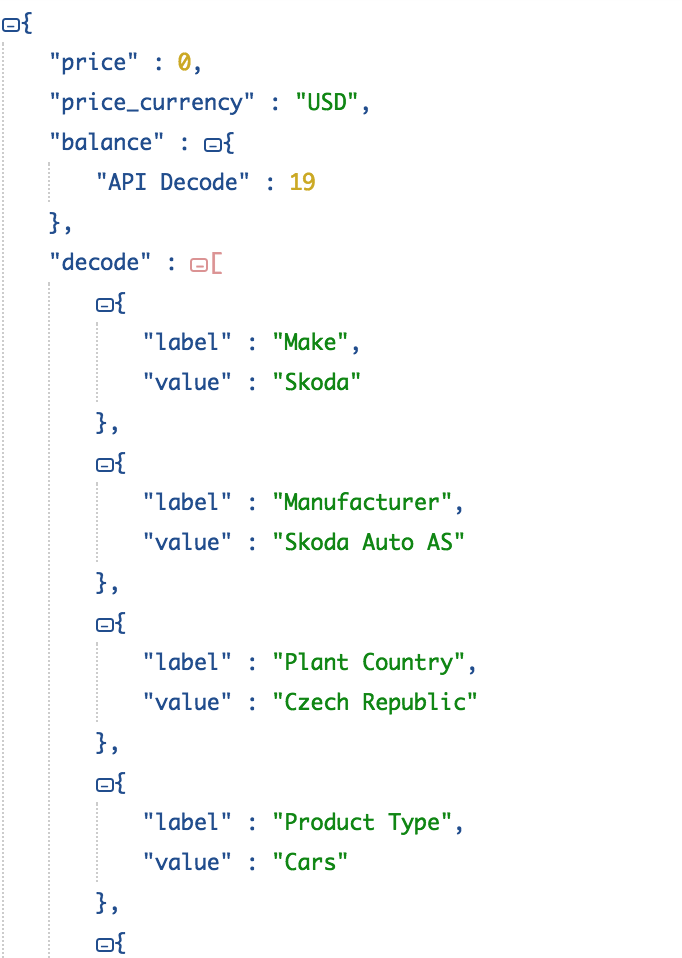
Java provides several built-in classes to parse JSON (JavaScript Object Notation) data. Here are some of the most commonly used ones:
JsonParser: This is a simple, lightweight, and easy-to-use parser that can parse JSON strings and convert them into Java objects. It's available in the Android SDK, so you can use it in your Android apps.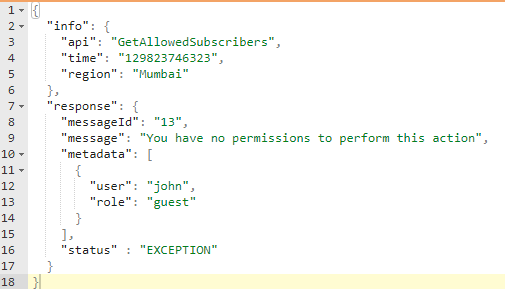
Here's an example of how to use it:
Gson: GSON is a Java library that can be used to convert JSON data to Java objects and vice versa. It's more powerful than the built-inimport com.google.gson.JsonParser;
public class Main {
public static void main(String[] args) {
String json = "{"name":"John","age":30,"city":"New York"}";
JsonParser parser = new JsonParser();
try {
JsonObject jsonObject = parser.parse(json).getAsJsonObject();
System.out.println(jsonObject.get("name").getAsString());
} catch (JsonSyntaxException e) {
// handle error
}
}
}
JsonParser class, but it's also more complex.
Here's an example of how to use GSON:
Jackson: Jackson is a popular Java library for parsing JSON data. It's more powerful than GSON and provides many features, such as support for custom classes and annotations.import com.google.gson.Gson;public class Main {
public static void main(String[] args) {
String json = "{"name":"John","age":30,"city":"New York"}";
Gson gson = new Gson();
try {
JsonObject jsonObject = gson.fromJson(json, JsonObject.class);
System.out.println(jsonObject.get("name").getAsString());
} catch (JsonSyntaxException e) {
// handle error
}
}
}
Here's an example of how to use Jackson:
JSON-java: JSON-java is a simple Java library for parsing JSON data. It's lightweight and easy to use.import com.fasterxml.jackson.databind.JsonNode;import com.fasterxml.jackson.databind.ObjectMapper;
public class Main {
public static void main(String[] args) {
String json = "{"name":"John","age":30,"city":"New York"}";
ObjectMapper mapper = new ObjectMapper();
try {
JsonNode jsonObject = mapper.readValue(json, JsonNode.class);
System.out.println(jsonObject.get("name").asText());
} catch (JsonProcessingException e) {
// handle error
}
}
}
Here's an example of how to use JSON-java:
import org.json.JSONObject;public class Main {
public static void main(String[] args) {
String json = "{"name":"John","age":30,"city":"New York"}";
try {
JSONObject jsonObject = new JSONObject(json);
System.out.println(jsonObject.getString("name"));
} catch (Exception e) {
// handle error
}
}
}
Each of these libraries has its own strengths and weaknesses, so you'll need to choose the one that best fits your needs.
